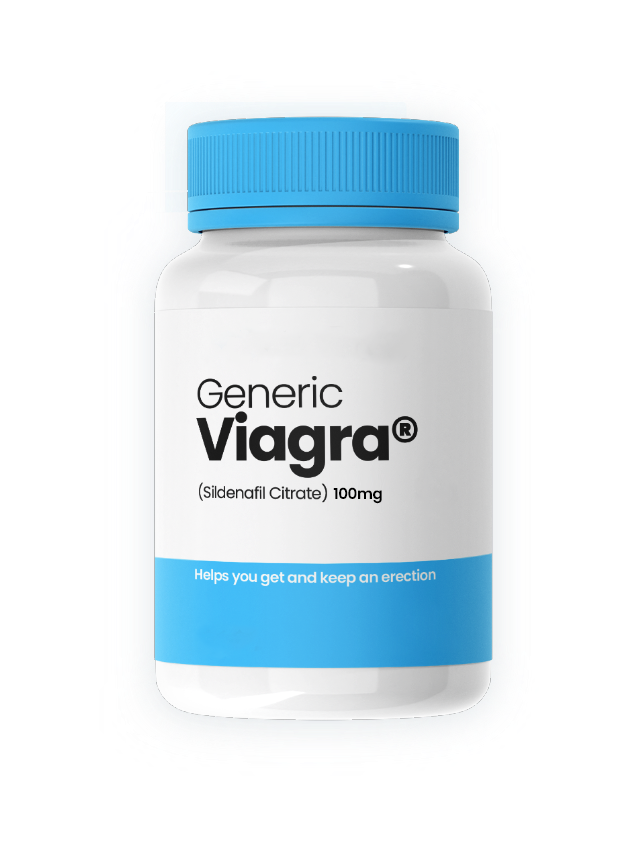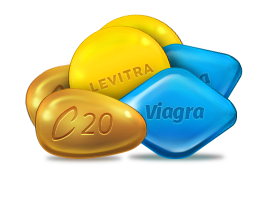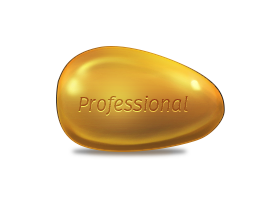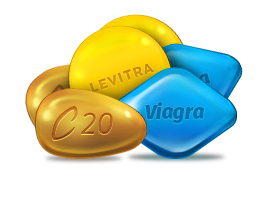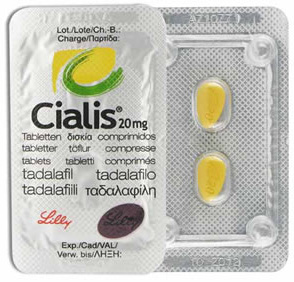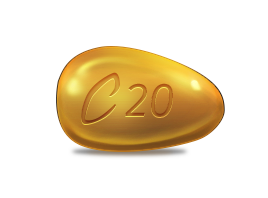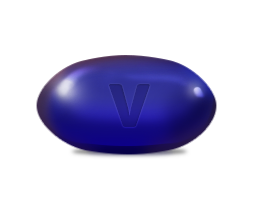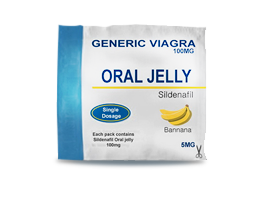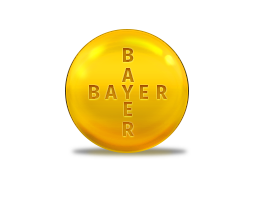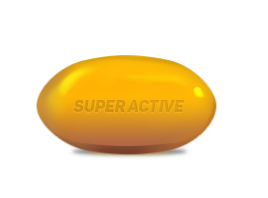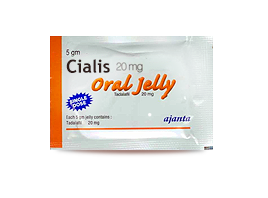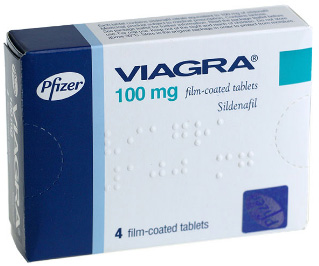Ciplox is a medicine which is antimicrobial of the fluoroquinolone group. The system of action is connected with exposure to DNA bacteria. The medicine eliminates microorganisms that are both at rest and reproduction. A range of action of the drug includes such types of negative and positive microorganisms: Shigella, Salmonella, Citrobacter, Klebsiella, Enterobacter, Serratia, Hafnia, Edwardsiella and others. It is resistant to Ureaplasma uralyticum, Nocardia asteroids, Treponema pallidum. Such defiance to the drug develops slowly and gradually.
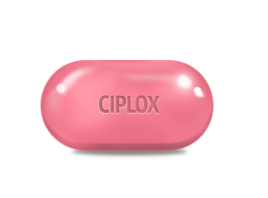
The effect of clomipramine is to inhibit the opposite neurological catching of serotonin and noradrenaline. The most crucial is the suppression of serotonin recapture. In addition, the medicine has a broad range of other pharmacological actions: alpha 1-adrenoliticheskoe, anticholinergic, antigestagen and antiserotonergic. The pill acts on the depressive disorder in general. The difference is usually observed after 2-3 weeks of therapy. Acticine also has a specific influence on obsessive-compulsive disorders.

Cefadroxil - cephalosporin antibiotic of the I generation for intake. It works as bactericidal, breaking synthesis of a cell wall of microorganisms. It has a broad spectrum of activity: it is active in relation as gram-positive (Staphylococcus spp. which don't produce and produce a penicillinase; Streptococcus spp. (including Streptococcus pneumoniae), Corynebacterium diphtheriae, Bacillus anthracis), and gram-negative microorganisms (Shigella spp., Salmonella spp., Escherichia coli, Haemophilus influenzae, Klebsiella spp., some strains of Proteus spp., especially Proteus mirabilis), Moraxella catarrhalis (Branhamella). Many strains of Enterococcus faecalis and Enterococcus faecium are steady against Cefadroxil.
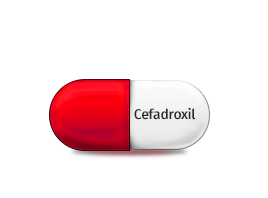
An antimicrobial agent from the fluoroquinolone group. It has a broad spectrum of antibacterial action. The therapeutical indications include bacterial infection of the urinary tract (pyelonephritis, cystitis, urethritis), genitals (prostatitis, cervicitis, endometritis), gastrointestinal tract (salmonellosis, shigellosis), uncomplicated gonorrhea. Also used to prevent infections in patients with granulocytopenia, diarrhea of travelers.

An oral hypoglycemic means, which inhibiting the intestinal alpha-glycosidase, reduces the enzymatic conversion of di-, oligo - and polysaccharides to mono-saccharides, thereby reducing the absorption of glucose from the intestine and postprandial hyperglycemia. It is used to treat diabetes, of type 2 under the ineffective diet, the course of which shall not be less than 6 months, type 1diabetes within the combination therapy.
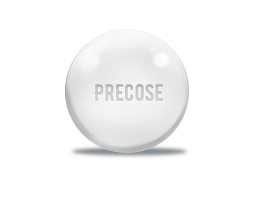
Altace, which is Antihypertensive (the reducing arterial pressure) medicine, inhibitor of angiotensine transforming enzyme. Suppressing angiotensin II synthesis, narrowing a luminal occlusion also reduces its stimulating influence on effuse of aldosteron. Increases activity of a renin in plasma. The medicine also inhibits metabolism (interferes with decomposition in an organism) of bradykinin. Medicine reduces the general vascular peripheral resistance, does not change significantly a renal blood flow.

A blocker of H1-histamine receptors of the first generation, derived from ethanolamine; eliminates the effects of histamine, mediated through this type of receptors. Promotes the local anaesthesia (when intaken, there is a short numbing of the mucous membranes in the mouth) - only in high doses, it blocks m-cholinergic receptors in the central nervous system, has sedative, hypnotic, antiemetic and antiparkinsonian effects. The therapeutic indications include: allergic conjunctivitis, allergic rhinitis, chronic urticaria, pruritic dermatoses, dermatographism, serum sickness.

Antibiotic with antitumor activity obtained from the Streptomyces caespitosus fungus. It inhibits DNA synthesis, in high concentrations it inhibits the synthesis of protein and RNA. Has a relatively weak immunosuppressive activity.
The drug therapeutic indications include: esophageal cancer, stomach cancer, pancreatic cancer, liver cancer, cancer of the bile ducts, cancer of the colon and rectum, breast cancer, cervical cancer, endometrial cancer, vulvar cancer, non-small cell lung cancer, mesothelioma, cancer of the renal pelvis and ureter, bladder cancer, prostate cancer, malignant tumors of the head and neck, chronic myelocytic leukemia.

Feldene - the drug used for treatment of inflammatory and degenerative diseases of musculo-skeletal system. NSAIDS, renders antiinflammatory, analgestic, antiaggregant and febrifugal action. Not selectively suppresses COX1 and COX2. The analgetic effect is observed in 30 min. after peroral intake, the antiinflammatory effect occurs by the end of the 1 (first) week of treatment by Feldene. After a single dose of Feldene it acts during 24 h.

Keppra - antiepileptic drug, the mechanism of action is unclear, it does not alter normal synaptic transmission. Effective in both focal and epilepsy (epileptiform manifestations, photo paroxysmal reaction).

Etodolac - has an anti-inflammatory, analgesic, antipyretic effect. The medicine is prescribed in case of rheumatoid arthritis, ankylosing spondylitis, arthrosis with pain syndrome and restriction of movements, acute and chronic osteoarthritis.

Septra - Sulfamethoxazole is an antibiotic that treats various types of infections caused by bacteria. The combination of sulfamethoxazole and trimethoprim is used to treat ear infection, urinary tract infection, prostate infection, bronchitis, travelers' diarrhea and pneumocystis pneumonia. The drug is available in the form of tablets, as well as in liquid form.
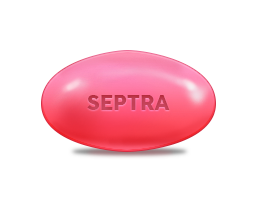
A peripheral vasodilator, blocks postsynaptic alpha1-adrenergic receptors and prevents the vasoconstrictive influence of catecholamines. It reduces pressure in the pulmonary veins and the right atrium significantly, it also reduces pulmonary vascular resistance moderately. The drug therapeutic indications include: arterial hypertension; CHF (in combination therapy), Raynaud's syndrome and disease, pheochromocytoma, peripheral vascular spasm on the background of poisoning with ergot alkaloids. Prostatic hyperplasia
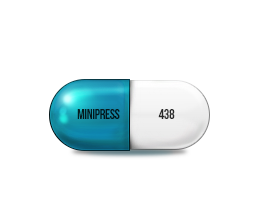
Thiol derivative, a competitive hypoxanthine antagonist, has an immunosuppressive and cytostatic effect. It is used for prevention of rejection reaction in kidney transplantation, treatment of rheumatoid arthritis, chronic active hepatitis, SLE, dermatomyositis, periarteritis nodosa, acquired hemolytic anemia, gangrenous pyoderma, psoriasis, Crohn's disease, ulcerative colitis and myopathy.

A nonsteroidal anti-inflammatory drug that has anti-inflammatory, analgesic, antipyretic action. Prescribed for inflammatory diseases of the musculoskeletal system (rheumatoid, gouty arthritis, arthritis, ankylosing spondylitis), pain syndrome (ossalgia, neuralgia, myalgia, arthralgia, sciatica, headache, dental pain, childbirth), for orthopedic surgery, cancer, algodismenorrhea, febrile syndrome.

Aciphex - the medicine, normalizing acidity of a stomach, inhibitor of a proton pomp. It is prescribed at gastroduodenal ulcer in the exacerbation phase, gastroesophageal reflux disease; states which are characterized by pathological hyper secretion including Zollinger-Ellison syndrome. In combination with bactericide - Helicobacter pylori eradication at patients with gastric ulcer or chronic gastritis; treatment and prevention of recurrence of an ulcer at patients with gastric ulcer related to Helicobacter pylori.
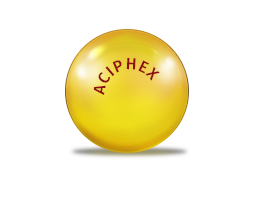
Hytrin refers to the group of pharmaceutical products intended to cure the sexual/urinary maladies and sex hormone medical preparations. Its composition includes Terazozin - a medical mean for the normalization of the prostate gland in benign hypertrophy.

Teramycin acts depressingly on pathogens of many diseases, as well as biomycin. It is less toxic and longer preserves its action in the body. The medicine is used for the treatment of anthrax, teileriosis, cholera and pasteurellosis and other diseases.



